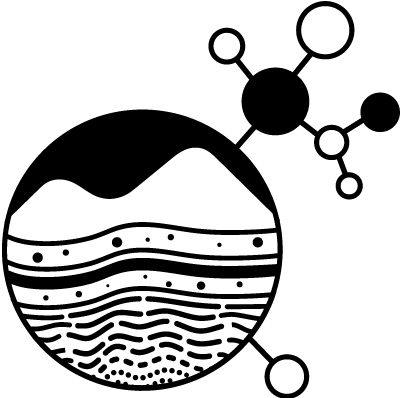March 2017
In a recent EOS Project Update, the Marine Annually Resolved Proxy Archives (MARPA) project became the most recent group to recommend the use of the International Geo Sample Number (IGSN) for uniquely identifying and properly documenting physical samples. MARPA specifically recommended the use of IEDA’s sample registry, SESAR². The article highlighted the ease of registering and documenting samples in SESAR² and showcased some of the SESAR²’s sample management tools (label printing, etc.). The MARPA project is an NSF EarthCube initiative that aims to build consensus around best practices for sample and data sharing, particularly within the the paleoceanography and paleoclimatology communities, where sample and data management has largely been left up to individual researchers, with samples stored in individual labs and documented only on personal computers or in field notebooks. Read the full article here.
As pictured above, the use of SESAR² and the IGSN allowed the Lamont-Doherty Core Repository to better document, label, and organize their sample (in this case, coral) collections.


